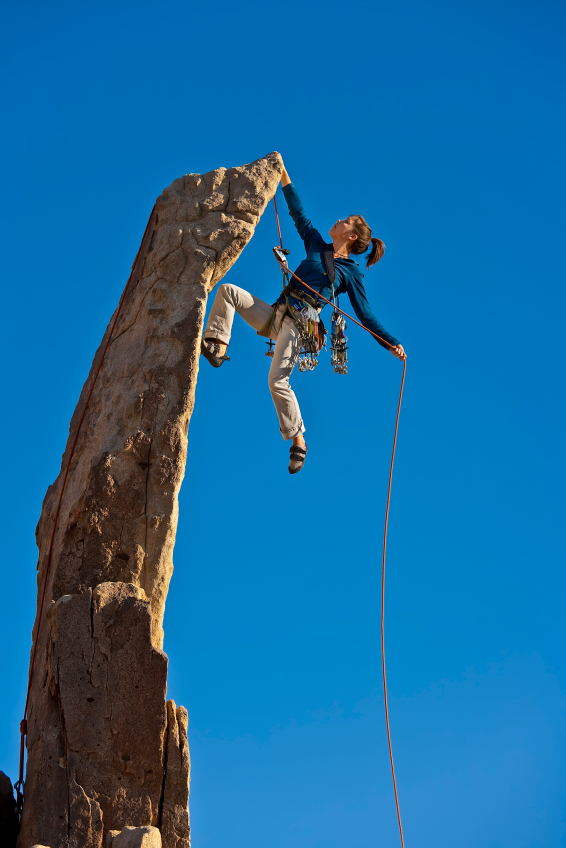Sky diving and base jumping are not for everyone. However, for certain people, the more risk and adrenaline involved in an activity, the better! What draws some people to daredevil behavior while others shy away from it? Psychologists Jane E. Joseph, Xun Liu, Yang Jiang and Thomas H. Kelly from the University of Kentucky, along with Donald Lyman of Purdue University were interested in testing how the brains of sensation-seekers differ from those of us who avoid risky behavior.
In these experiments, two sets of volunteers were recruited, high sensation seekers or low sensation seekers, based on their responses to personality surveys and risk-taking questionnaires. They were shown a variety of photographs while having their brains scanned with functional MRI (fMRI). The photographs ranged from mundane scenes (for example, cows and food) to very emotional and arousing images, such as erotic scenes and violent pictures.
The results, described in Psychological Science, a journal of the Association for Psychological Science, reveal some very interesting differences between high sensation seekers and low sensation seekers. The brain images showed that when high sensation seekers viewed the arousing photographs, there was increased activity in the brain region known as the insula. Previous research has shown that the insula is active during addictive behaviors, such as craving cigarettes. However, when low sensation seekers looked at arousing photographs, there was increased activity in the frontal cortex area of the brain. The researchers note that this was an interesting finding because that region is important for controlling emotions. The results show that high sensation seekers respond very strongly to arousing cues, but have less activity in brain areas associated with emotional regulation.
The authors note that their findings may indicate the way by which sensation seeking results in negative behaviors, including substance abuse and antisocial behavior. They conclude, “Individuals high in sensation seeking not only are strongly activated by exciting, thrilling and potentially dangerous activities, but also may be less likely than other people to inhibit or appropriately regulate that activation.”
Article by Jane E. Joseph, [email protected]
Published on February 11, 2009 at www.psychologicalscience.org
- Abuse & The Abuser
- Achievement
- Activity, Fitness & Sport
- Aging & Maturity
- Altruism & Kindness
- Atrocities, Racism & Inequality
- Challenges & Pitfalls
- Choices & Decisions
- Communication Skills
- Crime & Punishment
- Dangerous Situations
- Dealing with Addictions
- Debatable Issues & Moral Questions
- Determination & Achievement
- Diet & Nutrition
- Employment & Career
- Ethical dilemmas
- Experience & Adventure
- Faith, Something to Believe in
- Fears & Phobias
- Friends & Acquaintances
- Habits. Good & Bad
- Honour & Respect
- Human Nature
- Image & Uniqueness
- Immediate Family Relations
- Influence & Negotiation
- Interdependence & Independence
- Life's Big Questions
- Love, Dating & Marriage
- Manners & Etiquette
- Money & Finances
- Moods & Emotions
- Other Beneficial Approaches
- Other Relationships
- Overall health
- Passions & Strengths
- Peace & Forgiveness
- Personal Change
- Personal Development
- Politics & Governance
- Positive & Negative Attitudes
- Rights & Freedom
- Self Harm & Self Sabotage
- Sexual Preferences
- Sexual Relations
- Sins
- Thanks & Gratitude
- The Legacy We Leave
- The Search for Happiness
- Time. Past, present & Future
- Today's World, Projecting Tomorrow
- Truth & Character
- Unattractive Qualities
- Wisdom & Knowledge





Comments